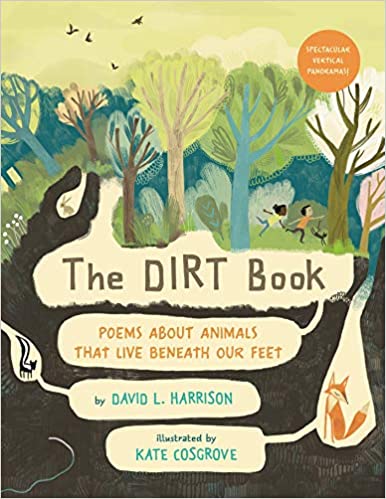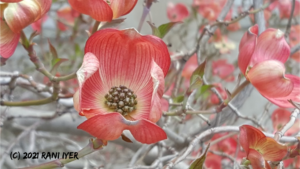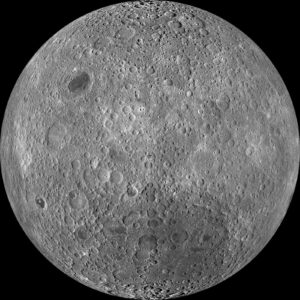This week, we got some yard work done. I was amazed at how much work there was to do to maintain the soil:
- We had to rake out the old leaves.
- We added compost, vermiculite, and mulch, as necessary.
- We decided where to plant some new plants in the herb garden we were growing.
Although we had not planned, we were working a lot with soil and dirt in our yard.
When I saw David Harrison’s book Dirt, poems, I was intrigued. Dirt is one of the most common things we see. But it has a complicated history, and our relationship with soil has not always been positive. Yet, soil is celebrated for its numerous uses, such as beauty face masks and immunity-building properties.
The book Dirt is written in poetry format and is a fun read. It is easily a favorite with the kids. I am delighted to present an author interview in my blog this week.
- Dirt. A simple, ubiquitous, yet complicated subject for kids. What was the seed idea behind this book?
As far back as I can remember I’ve been fascinated by dirt, or more precisely, the mysteries of dirt and what lies below the surface. Like the ocean, we know a lot goes on down there but we can’t see it. What made the hole beside this rock? When a cicada emerges from the dirt to crack out of its shell and sing its loud mating call, where was it before it came out? What do mole tunnels look like? How do queen bumblebees pass the winter? What makes dirt in the first place? After a lifetime of wondering, I decided it was time to write a book about.
What were your major considerations for writing the book in poetry format?
I have written a number of other science-informed and social studies books in verse. PIRATES and CRAWLY SCHOOL FOR BUGS were chosen to represent the state of Missouri at The National Book Fair in Washington, D.C. in their respective publication years. NOW YOU SEE THEM, NOW YOU DON’T was named best nonfiction children’s book by The Society of Midland Authors when it was published. Research shows that poems are easier to remember and help students improve their reading skills, understanding, and vocabulary. I don’t always write fact-based books in verse, but I love doing it when I can.
How did you arrive at the choice of the species to be included in the book? Please detail how you came at the book’s narrative arc- you begin by introducing individual animals and end with a group of animals living together in Gopher Tortoise’s lair.
In most cases, the subjects in THE DIRT BOOK are in the book because they’re in the dirt. Some live there fulltime while others spend part of their lives there or dig tunnels in which to raise their young. Depending on the climate, the kind of dirt, and availability of natural food, the cast of characters changes, but in general the roots and animals I chose for the book are good representatives of what we would see from a magic elevator that could take us down into the dirt for a closer look. I borrowed the elevator idea from Einstein although his rig traveled through space. My imaginary journey begins at the surface, travels down through the tangles of grass and tree roots, stops along the way to offer glimpses of creatures doing what they do, and eventually pauses (close to the surface once more) with the long tunnel of a strange turtle that shares its home with numerous other species.
Readers will not miss the connection you make between the above-ground life and below-ground life of familiar creatures in this book. The below-ground life is introduced with exciting functional subheadings (Gopher Tortoise: The Inn Keeper; Yellow Jacket Wasps: Warning! Warning! Warning!). Please share your creative process that resulted in this beautiful format.
If readers find excitement in the titles and subtitles of these poems, it’s a reflection of my own excitement for the subject of dirt and its denizens. How long some cicada larvae live underground before they come out as adults: 17 years — the length of time for a human baby to be born, learn to walk, learn to talk, start school, get a driver’s license, become a senior in high school – is incredible! How long it takes dirt itself be form and how it’s done is remarkable. Such amazing accomplishments deserve to be shouted from rooftops, or at least from the pages of a book. This book!
In the poems, you paint the importance of soil with vivid poetry [Page 12- Another meal goes down the trap; page 35, where boulders rest and tree roots drink]. The refrain- There is more to dirt than… is particularly effective. In an era when children rarely play outside, even less get to play with dirt, how can teachers, homeschoolers, and parents use this book to provide a guided experience for young readers?
This is an important point and a chief reason why I wanted to write THE DIRT BOOK. Todays’ children have less direct contact with nature than did countless generations that proceeded them. I once met a young woman from a large city who as a little girl had kept a window box in the high-rise apartment where she lived. In the box she planted a handful of grass seeds because she was curious about grass. When the seeds sprouted, she kept the stems trimmed with scissors. Kids in another major city I visited were puzzled about a poem of mine about a gravel bar. What, they wanted to know, was served in a gravel bar? It’s imperative that our children know about nature, understand how precious each resource is, how many ways life on our planet are interconnected, what nature provides for us, and what nature needs from us. This, you might say, is my way of getting down and dirty with nature.
What was the biggest surprise for you as you researched for this book?
This wasn’t so much a book of discovery as it was a chance to meet some old friends again and revisit pleasant memories from the past. I grew up as a nature lover, filled my bedroom with birdwings, skulls, furs, seashells, minerals, stone points, snake skins, insects, turtle shells, and anything else I could get past my mother’s keen sense of smell. In college I majored in biology, minored in geology, and did my advanced work in biology. In some ways, this was the book I was supposed to write. I don’t mean there aren’t other good books on this subject, many, I’m sure as good as this one or better; but among the 101 books I’ve published, this one is closest to going home.
Any other information you wish to share with our readers.
There are a lot of new books published each year so it’s easy to get lost in the numbers. For anyone who might be inclined to learn a bit more about me and know what sort of work to expect from me, you can visit my website at http://davidlharrison.com and my blog at http://davidlharrison.wordpress.com I started the blog in 2009 as a way of keep readers current on my activities and post something nearly every day. I write poetry, fiction, nonfiction, and books for the classroom. My workday Monday through Friday is from 6:00 a.m. to 1:00 p.m. I give a lot of talks at conferences, visit schools (virtually these days but normally in person), etc. My high school sweetheart is still my first wife and we just celebrated another anniversary. I’d tell you how many years, but she won’t tell me or let me tell you. Other than being lucky in love and being father to two grownup, wonderful children, my proudest moment came when David Harrison Elementary School, in Springfield, Missouri, was named for me.
Please provide the Website and social media accounts you would like to share.
In addition to my blog address above, I’m active on Facebook at https://www.facebook.com/david.l.harrison.14/ and also Twitter at https://twitter.com/DavidLHarrison1
Please read the wonderful book to checkout the beauty of the creatures that live in the dirt and see dirt in a different way from now!



